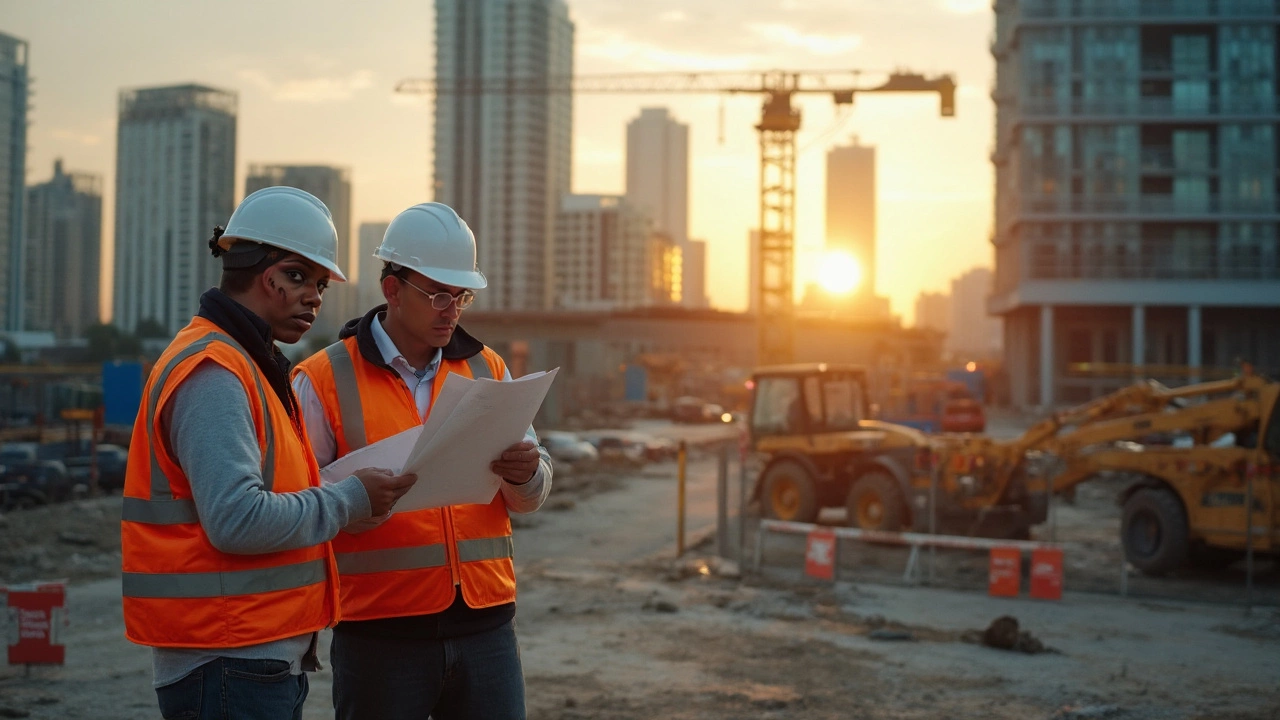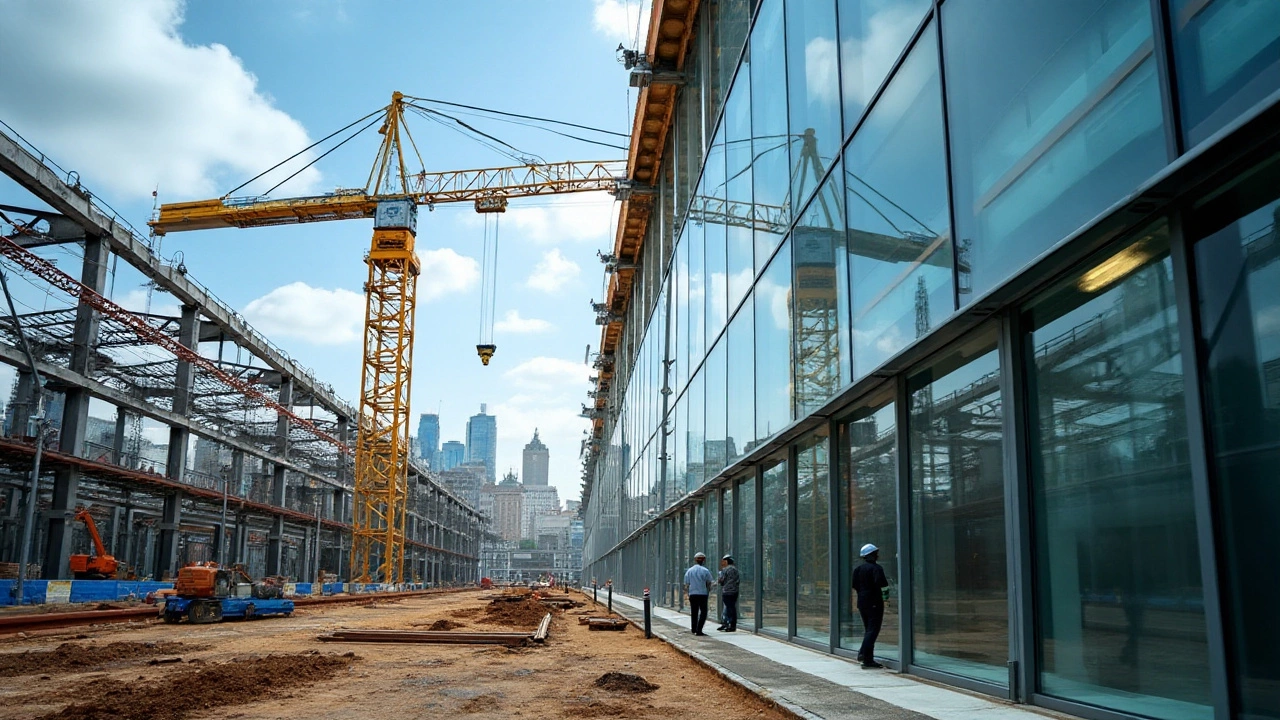What Defines Being Commercial? Getting Real About Commercial Construction
What actually makes a building 'commercial'? This article breaks down how commercial properties differ from other types, cuts through the jargon, and shows why these differences matter. From zoning rules to the kinds of businesses you’ll find in these spaces, we cover the quirks of commercial construction. Whether you’re a business owner, investor, or just curious, you’ll walk away with clear, practical knowledge. No gloss, just the real deal.












